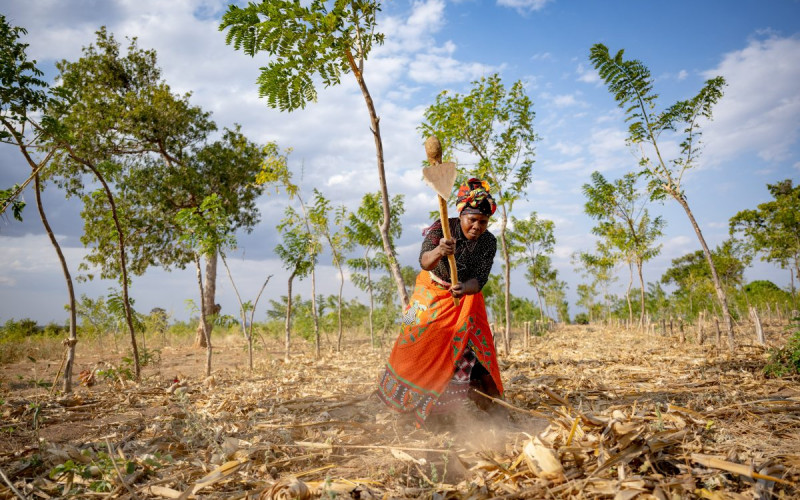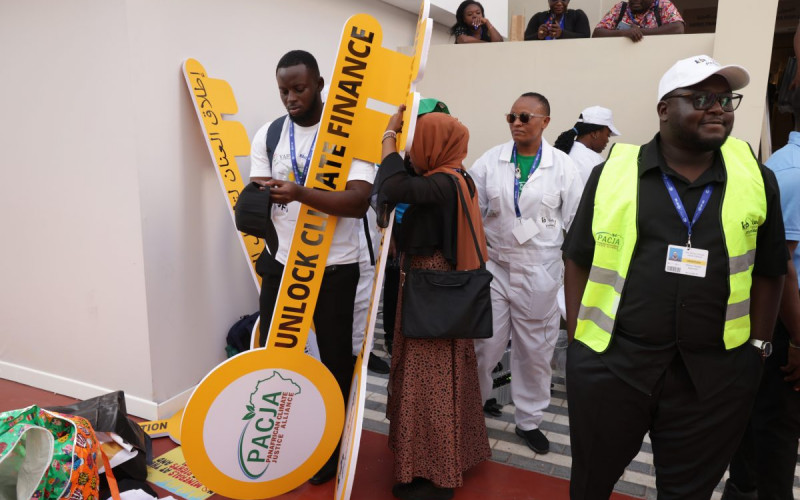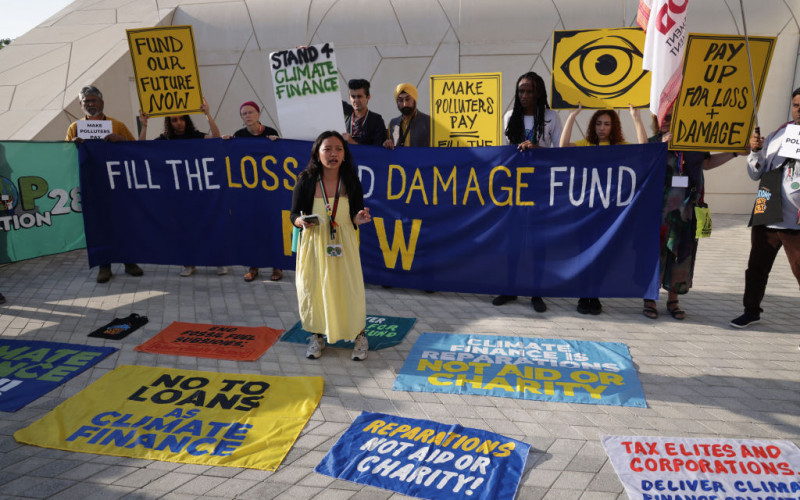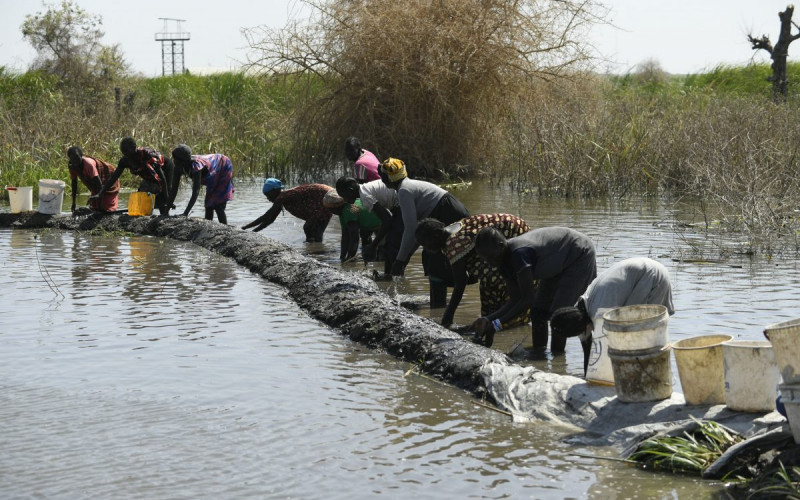Although the climate governance architecture has developed over time, there still remains a significant gap between political ambition and practical reality. This is especially in view of the overall aim of ensuring that global temperatures rise by less than 2°C above pre-industrial levels. After the 2009 Copenhagen climate conference failed to reach a new agreement, the 2011 Durban conference decided that a climate deal based on bottom-up, voluntary contributions, applicable to all countries, should be concluded in 2015 and enter into force in 2020.
As building blocks towards this global target and in preparation for COP 21, countries have agreed to publicly outline the post-2020 mitigation actions they intend to take under a new international agreement, known as their Intended Nationally Determined Contributions (INDCs). INDCs, in conjunction with other nationally-determined mitigation frameworks, such as Nationally Appropriate Mitigation Actions (NAMAs) for developing countries and Low Emission Development Strategies (LEDs), serve as useful climate planning instruments to catalyse near-term action and raise ambition for reduction targets. These frameworks support national action towards a low-carbon, climate-resilient future in accordance with scientific guidelines. Countries are also encouraged, within their INDCs, to include their adaptation plans and needs. This offers a more holistic perspective to the scale of the challenge at a country-level and is particularly important for those countries most vulnerable to climate impacts.
INDCs are to be submitted by every UNFCCC Party by 1 October 2015 and will be publically accessible on the UNFCCC portal. The climate secretariat will in turn prepare a synthesis report on the aggregate effect of the proposed submissions by 1 November.
A process of national introspection
INDC formulation requires an in-depth process of internal introspection and policy setting in which countries must determine their adaptation and mitigation contributions in the context of other domestic priorities, circumstances and capabilities. Although parties are able to determine the format of their individual INDCs, countries are required to define the scope of national projects, provide quantifiable information on the reference point, timeframes for their implementation, and lastly, methodological approaches for estimating their GHG emissions. Countries have been requested to use similar accounting methods to make emissions data comparable between countries. Many of these processes are already in place and provide a useful entry point for the INDC submission. For example, national and sectoral targets already developed for LEDS, NAMAs and National Adaptation Programmes of Action (NAPAs) should be aligned with INDCs, ensuring better coordination between various dimensions and levels of climate change policy within countries.
As the maturity of these processes differ substantially in countries, it is reasonable to expect that parties will put forward contributions that are in line with their level of preparation, capability and available resources. INDCs therefore vary and can include comprehensive emission reduction plans, peak and decline pathways, sectoral targets, policy frameworks, regulations and other tools such as carbon markets, taxes, subsidies and incentives. Costa Rica, for example, has agreed to phase out GHG emissions to net zero by 2021, while the US has pledged to reduce emissions by 83% by 2050 from its 2005 levels. China has proposed that its emissions will peak by 2030, while South Africa’s proposes that its emissions will peak by 2025, plateau until 2035 and thereafter decline. Morocco, for example, has proposed an increase of solar power to a 14% share in its electricity generation capacity by 2020. Countries like Brazil have committed to curb emissions through reducing deforestation and through more efficient waste management.
INDC formulation will require strong leadership and coordination amongst responsible agencies to guarantee their effective implementation and to achieve the intended levels of ambition. Also, INDCs should ensure that mitigation actions are robust and feasible, and can be realistically translated into national goals. In order to ensure broad stakeholder engagement and buy-in of this process, multiple rounds of consultations are necessary. For example, South Africa’s Department of Environmental Affairs, in partnership with its environmental counterparts at provincial level, has been hosting stakeholder consultations over the past months to formulate its INDC position.
It is also imperative that INDCs highlight and pursue climate change opportunities that are aligned with and geared towards promoting national social economic agendas. Adaptation frameworks and emissions pathway strategies can provide countries with the opportunity to anchor their domestic needs and priorities within scaled-up climate actions that deliver broader sustainable development. If conducted properly these nationally-determined frameworks serve to link adaptation and mitigation strategies to important growth sectors, and provide effective solutions for pursuing multi-faceted objectives that concurrently promote resilience and local development goals. INDCs should thus be selected based on their contribution towards transformational impacts. INDCs can also be useful tools to expand and embed co-benefits approaches within international and domestic policy decision-making frameworks through investment in smart agriculture, ecosystem-based public works programmes, sustainable urban development and renewable energies. Actions that are compatible with economic development and can help to integrate climate resilience into economic planning, actualise climate-responsive development plans, and mainstream low-carbon growth opportunities at all levels of government should be prioritised. Currently NAPAs and NAMAs express varying levels of climate-compatible development. However, their full integration into national and sectoral policies, as well as budgetary and regulatory frameworks, is crucial.
In preparation for COP 21, the African Group of Negotiators (AGN) must encourage its member states to align their INDCs to poverty strategies. For example, African negotiators must emphasise clean energy and the energy-food-water nexus in relation to climate change, and the opportunity this portends for our continent. AGN members must also maintain a consolidated position and identify challenges that will prohibit countries from implementing their INDCs, such as a lack of appropriate support for technology transfer; development finance and capacity building. However, headway should not only depend on conditional arrangements. African countries, particularly South Africa, are urged to be ambitious and seek to accomplish most of their INDC commitments regardless of the international negotiation outcomes, especially because it is a ‘positive’ development choice to do so.
Conclusion
The submission of INDCs is merely the beginning of a longer process that will need to be reviewed and adjusted over time. However, INDCs can be used to establish a domestic institutional framework for the preparation of comprehensive climate policy making for international and domestic purposes. In the lead-up to COP 21, the focus must shift from restating negotiating positions to finding mutually beneficial solutions that contribute to a reduction in emissions and respond effectively to adaptation needs while meeting socio-economic development concerns. These should be consistent with raising the overall level of ambition for supporting climate action on both mitigation and adaptation fronts. This transition requires support from the international system, with finance that is adequate, predictable, and sustainable.
More ambitious mitigation targets are also needed as the aggregate effect of recent low-carbon energy developments, as well as the already submitted and proposed INDCs, are not yet enough to result in a peak in global emission levels by 2030. It is therefore important that national pledges submitted for COP 21 form the basis of a virtuous cycle of rising ambition, whereby political leaders create a clear expectation for the energy and other sectors on low-carbon development.







